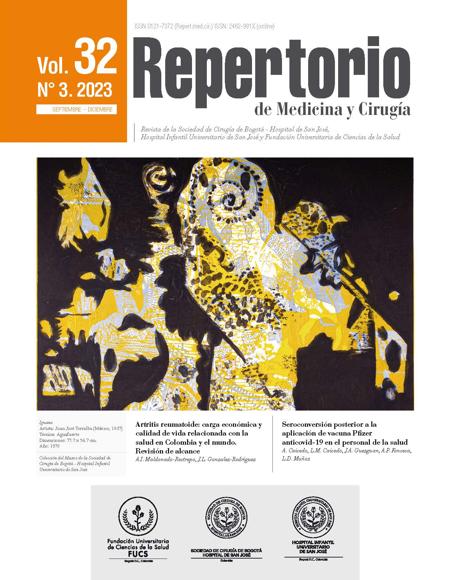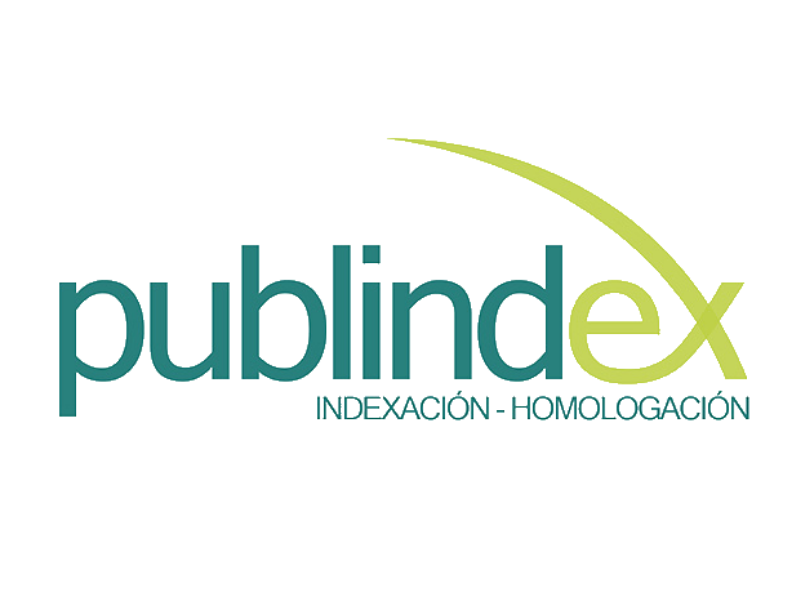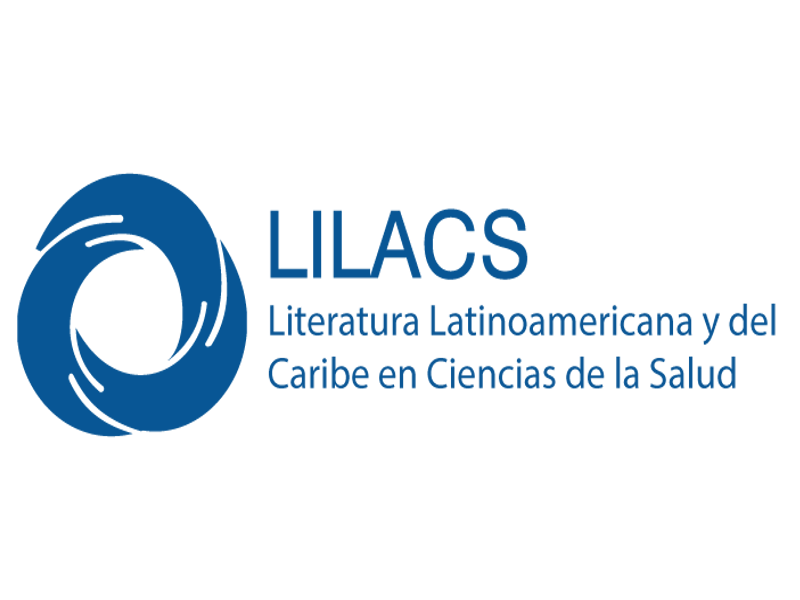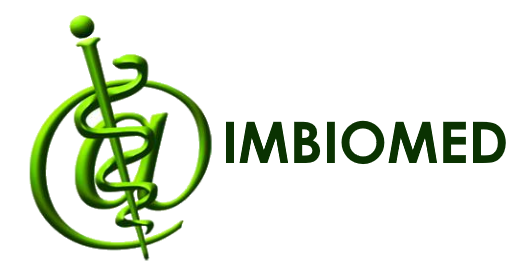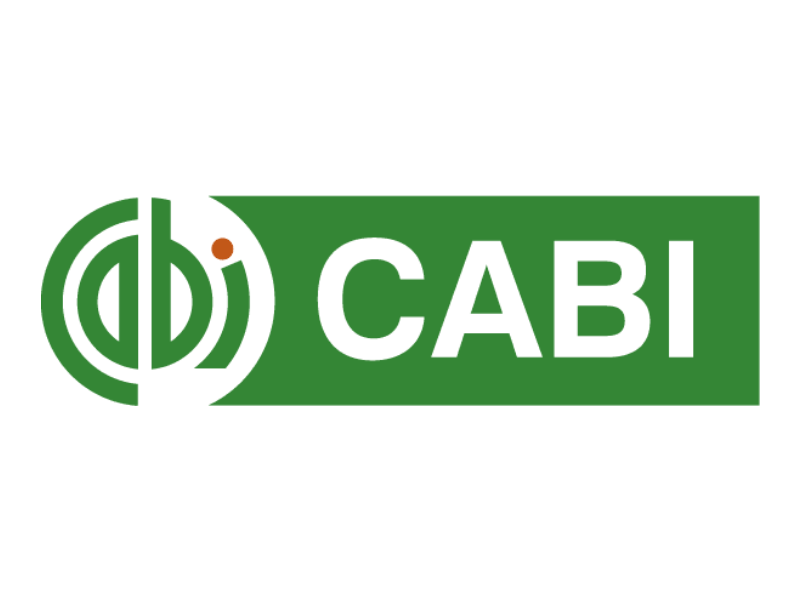An unusual presentation of osteogenesis imperfecta type III
Osteogénesis imperfecta tipo III con presentación inusual
![]()
![]()
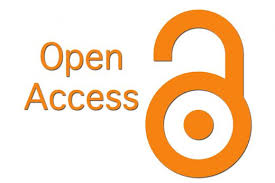
Show authors biography
Introduction: osteogenesis imperfecta (OI) is the most common hereditary bone disorder with a global incidence of 1 in 10,000 to 25,000 births. OI is caused by mutations in the genes encoding the chains of collagen type I and is mostly inherited in an autosomal dominant manner. Clinical manifestations vary from asymptomatic with increased propensity to fractures, normal stature and no impact on life expectancy, to high perinatal lethality, severe skeletal deformities, motor disability and very short stature. Objectives: to report a case of an unusual presentation of OI type III in an infant who had in utero fractures, as a diagnostic resource. Case: a full-term infant born via cesarean section, with suspected in utero OI type II, Ballard score: 37 weeks, low weight and multiple fractures and ossification defects (brachycephaly). At 4 months, a higher survival than the expected, he presented greyish sclerae, brachycephaly, large fontanels, generalized bone fragility and bowing of extremities; OI type III was confirmed by exome sequencing. Conclusions: OI diagnosis is based on the clinical and typical features of the disorder. Survival, radiographic findings and molecular genetic testing allow an adequate classification.
Article visits 1353 | PDF visits 1443
Downloads
- Tournis S, Dede A. Osteogénesis imperfecta – A clinical update. Metabolism. 2018;80:27-37. https://doi.org/10.1016/j.metabol.2017.06.001 DOI: https://doi.org/10.1016/j.metabol.2017.06.001
- Trejo P, Rauch F. Osteogénesis imperfecta in children and adolescents—new developments in diagnosis and treatment. Osteoporos Int. 2016;27(12):3427-3437. https://doi.org/10.1007/s00198-016-3723-3 DOI: https://doi.org/10.1007/s00198-016-3723-3
- Lim J, Grafe I, Alexander S, Lee B. Genetic causes and mechanisms of Osteogénesis Imperfecta. Bone. 2017;102:40-49. https://doi.org/10.1016/j.bone.2017.02.004. DOI: https://doi.org/10.1016/j.bone.2017.02.004
- Cammarata-Scalisi F, Ramos-Urrea C, Da Silva G. Osteogénesis imperfecta: hallazgos clínicos y epidemiológicos en una serie de pacientes pediátricos. Bol. Med. Hosp. Infant. Mex. 2019;76(6):260. https://doi.org/10.24875/bmhim.19000030 DOI: https://doi.org/10.24875/BMHIM.19000030
- Leali P, Balsano M, Maestretti G, Brusoni M, Amorese V, et al. Efficacy of teriparatide vs neridronate in adults with osteogenesis imperfecta type I: a prospective randomized international clinical study. Clin Cases Miner Bone Metab. 2017;14(2):153-156. https://doi.org/10.11138/ccmbm/2017.14.1.153. DOI: https://doi.org/10.11138/ccmbm/2017.14.1.153
- Sarmiento Ramón JC, Rojas Castillo JC, Wandurraga Sánchez EA, Parra Serrano GA, Sarmiento Ramón JG. Osteogénesis imperfecta (OI) en una mujer adulta y su hija: reporte de caso. Revista colombiana de endocrinología, diabetes y metabolismo. 2016;3(3):37-40. DOI: https://doi.org/10.53853/encr.3.3.40
- Majeed N, Oramas D, Lindgren V, Garzon S, Wiley D, Enakpene C, Emmadi R. A Case of Osteogénesis Imperfecta Type II with Additional Balanced Translocation t (1;20) (p13; p11.2). Fetal Pediatr Pathol. 2019;38(3):263-271. https://doi.org/10.1080/15513815.2019.1579877. DOI: https://doi.org/10.1080/15513815.2019.1579877
- Marini JC, Forlino A, Bächinger HP, Bishop NJ, Byers PH, Paepe A, Fassier F, Fratzl-Zelman N, Kozloff KM, Krakow D, Montpetit K, Semler O. Osteogenesis imperfecta. Nat Rev Dis Primers. 2017;3:17052. https://doi.org/10.1038/nrdp.2017.52. DOI: https://doi.org/10.1038/nrdp.2017.52
- Rossi V, Lee B, Marom R. Osteogenesis imperfecta: advancements in genetics and treatment. Curr Opin Pediatr. 2019;31(6):708-715. https://doi.org/10.1097/MOP.0000000000000813. DOI: https://doi.org/10.1097/MOP.0000000000000813
- Thomas IH, DiMeglio LA. Advances in the Classification and Treatment of Osteogenesis Imperfecta. Curr Osteoporos Rep. 2016 Feb;14(1):1-9. doi: 10.1007/s11914-016-0299-y. PMID: 26861807 DOI: https://doi.org/10.1007/s11914-016-0299-y
- Bregou Bourgeois A, Aubry-Rozier B, Bonafé L, Laurent-Applegate L, Pioletti DP, Zambelli PY. Osteogenesis imperfecta: from diagnosis and multidisciplinary treatment to future perspectives. Swiss Med Wkly. 2016;146: w14322. https://doi.org/10.4414/smw.2016.14322. DOI: https://doi.org/10.4414/smw.2016.14322
- Marom R, Rabenhorst BM, Morello R. Osteogenesis imperfecta: an update on clinical features and therapies. Eur J Endocrinol. 2020;183(4):R95-R106. https://doi.org/10.1530/EJE-20-0299. DOI: https://doi.org/10.1530/EJE-20-0299
- Kocijan R. Osteogenesis imperfecta: from bench to bedside. Wien Med Wochenschr. 2015;165(13-14):263. https://doi.org/10.1007/s10354-015-0377-2. DOI: https://doi.org/10.1007/s10354-015-0377-2
- Sinikumpu JJ, Ojaniemi M, Lehenkari P, Serlo W. Severe osteogenesis imperfecta Type-III and its challenging treatment in newborn and preschool children. A systematic review. Injury. 2015;46(8):1440-6. https://doi.org/10.1016/j.injury.2015.04.021. DOI: https://doi.org/10.1016/j.injury.2015.04.021
- Turkalj M, Miranović V, Lulić-Jurjević R, Gjergja Juraški R, Primorac D. Cardiorespiratory complications in patients with osteogenesis imperfecta. Paediatr Croat. 2017;61:106-112. https://doi.org/10.13112/PC.2017.15 DOI: https://doi.org/10.13112/pc.517
